
“In a recent working paper,” economist Daron Acemoglu and colleagues “empirically tests the hypothesis that the US government’s infrastructural capacity helped drive innovation during the 19th century (Acemoglu et al. 2016). Our results suggest that, notwithstanding the view that the American state was weak in the 19th century, a major part of the explanation for US technological progress and prominence is the way in which the US developed an effective state.” Using the U.S. Post Office as a proxy and relying on “historical records compiled by the US Postmaster General,” the researchers
determined how many post offices were in each US county for several years between 1804 and 1899. As a measure of county-level innovative activity, [they] use the number of patents granted to inventors living in the county (these data are presented in Akcgit et al. 2013). There are several reasons for expecting the number of post offices to impact the number of patent grants. First, post offices facilitated the spread of ideas and knowledge. Second, more prosaically, the presence of a post office made patenting much easier, in part because patent applications could be submitted by mail free of postage (Khan 2005, p. 59). Third, the presence a post office is indicative of – and thus the proxy for – the presence and functionality of the state in the area. This expanded state capacity may have meant greater access to legal services and regulation, or greater security of other forms of property rights, all of which are essential conditions for modern innovative activity.
The results?
We find a significant correlation between a history of state presence – using the number of post offices as a proxy – and patenting in US counties. We show that the correlation holds either using a sample of the 935 US counties that had been established by 1830, or using a sample to which counties are added as they were established between 1830 and 1890, ultimately reaching 2,644 in total. This relationship is not only statistically significant, but also economically meaningful. Our results suggest that the opening of a post office in a county that did not previously have a post office or patents on average increased the number of patents by 0.18 in the long run.
…One concern with this initial set of results might be that they are confounded by the possibility that post offices were built in counties that already had more patenting activity. Though we cannot fully rule out such reverse causality concerns, we find no statistically or economically significant correlation between patenting and the number of post offices in a county in future years. This suggests that post offices led to patenting and not the other way around. Historical evidence also suggests that post offices were established for a range of idiosyncratic reasons during the 19th century, making it unlikely that reverse causality is driving the association.
…Taken together – while we do not establish unambiguously that the post office and greater state capacity caused an increase in patenting – our results highlight an intriguing correlation and suggest that the infrastructural capacity of the US state played an important role in sustaining 19th century innovation and technological change. In the current economic climate in which pessimism about US economic growth prospects is common, we present a more optimistic historical narrative in which government policy and institutional design have the power to support technological progress.
While I don’t dispute the importance of infrastructure and the role of the state in developing it, I’m curious if “state capacity” is the real takeaway from this study. To restate a section from above, “post offices facilitated the spread of ideas and knowledge” (italics mine). I’ve highlighted studies before that show how important social networks, communication capacity, and information flows are for decreasing poverty. These aspects are deemed more important than institutions. This seems to be the case with technological innovation as well. While the state can certainly help increase the spread of ideas, I wonder if post offices should be viewed less as “state capacity” and more as proxy for information flows.
Check out the study and determine for yourself.
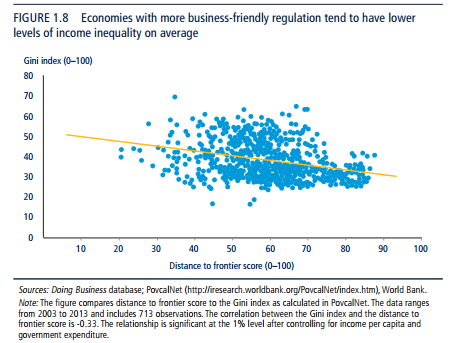
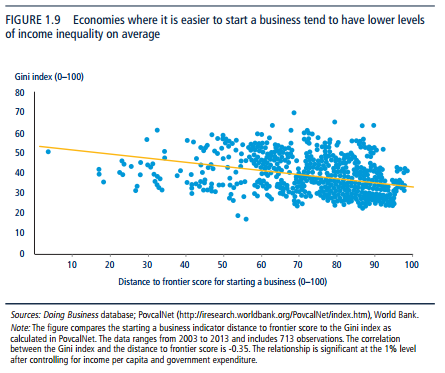
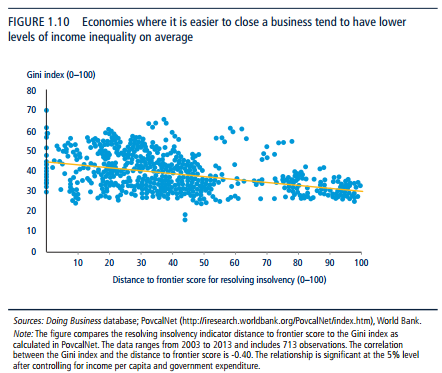


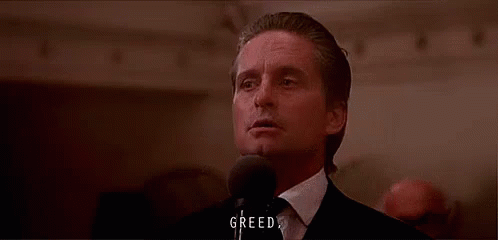
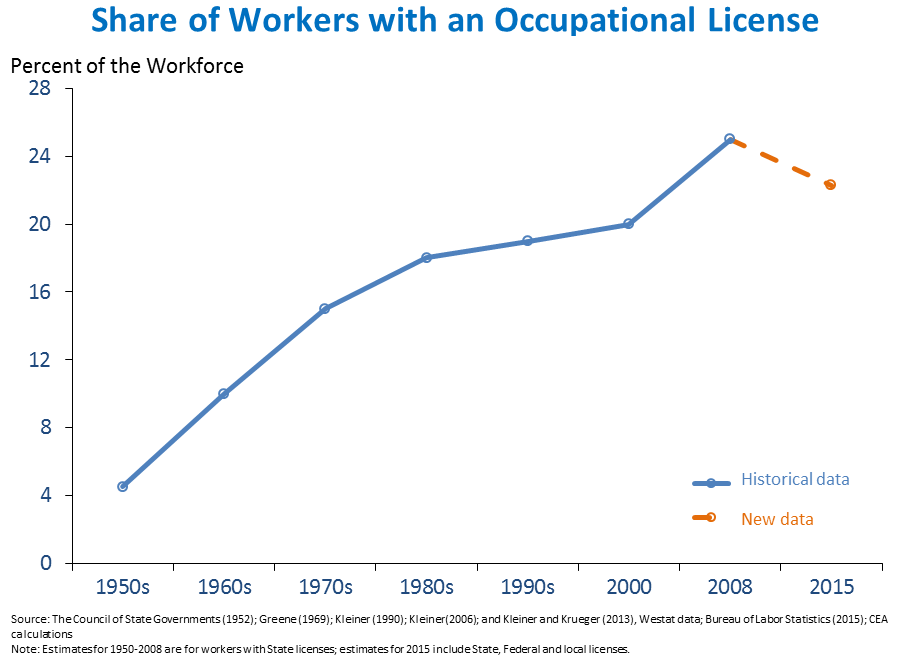
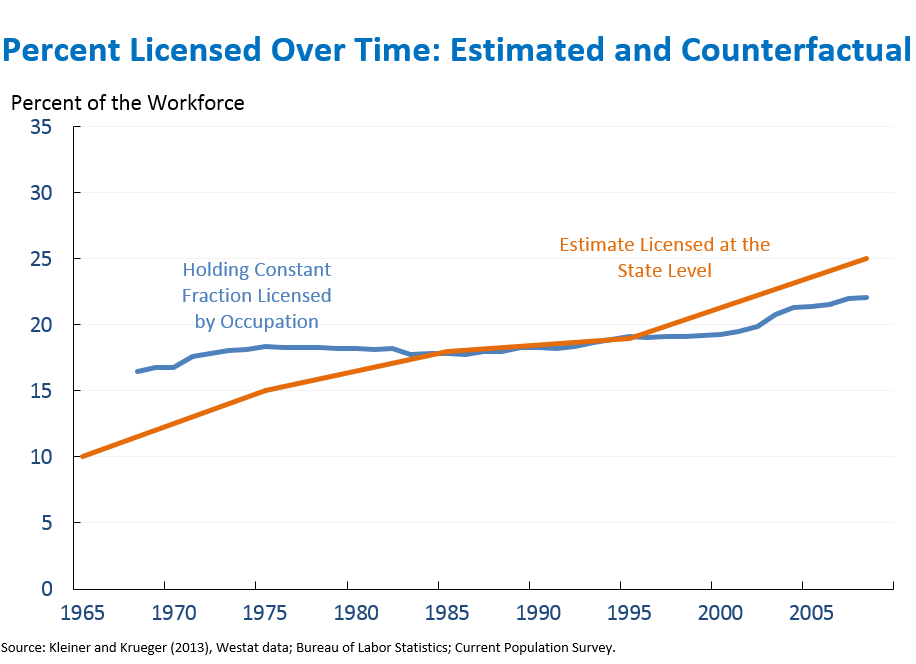
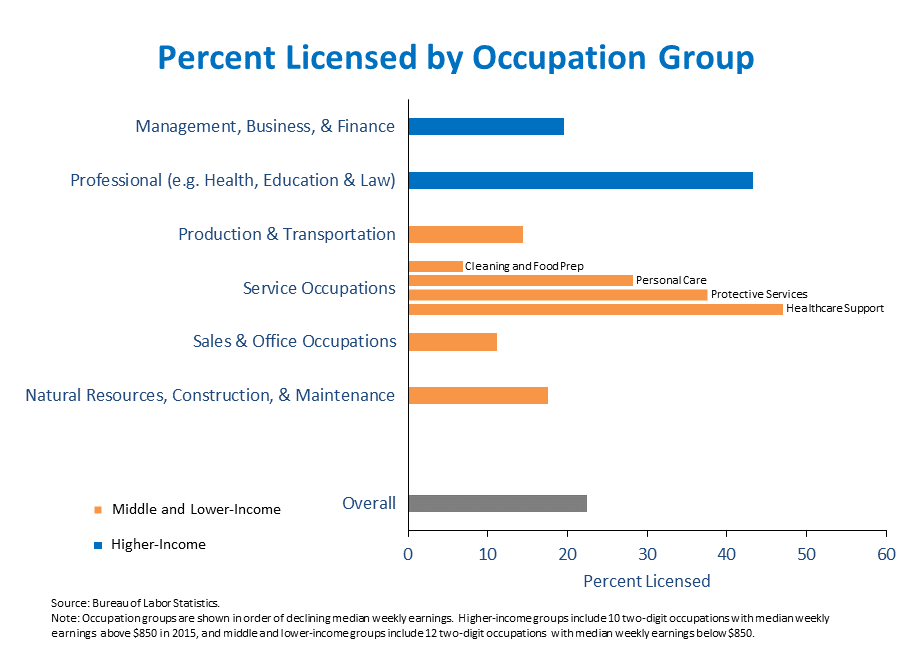
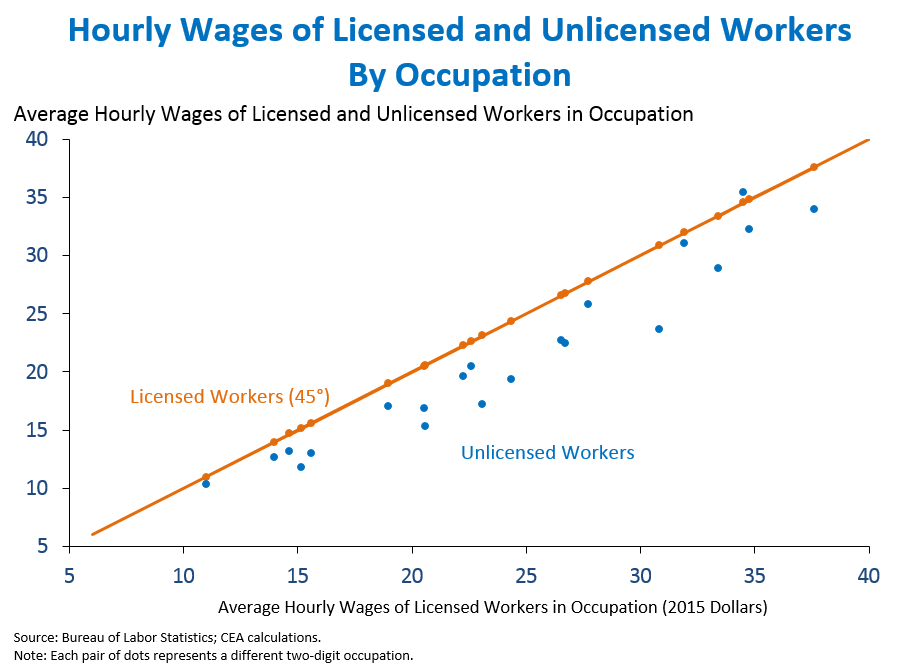


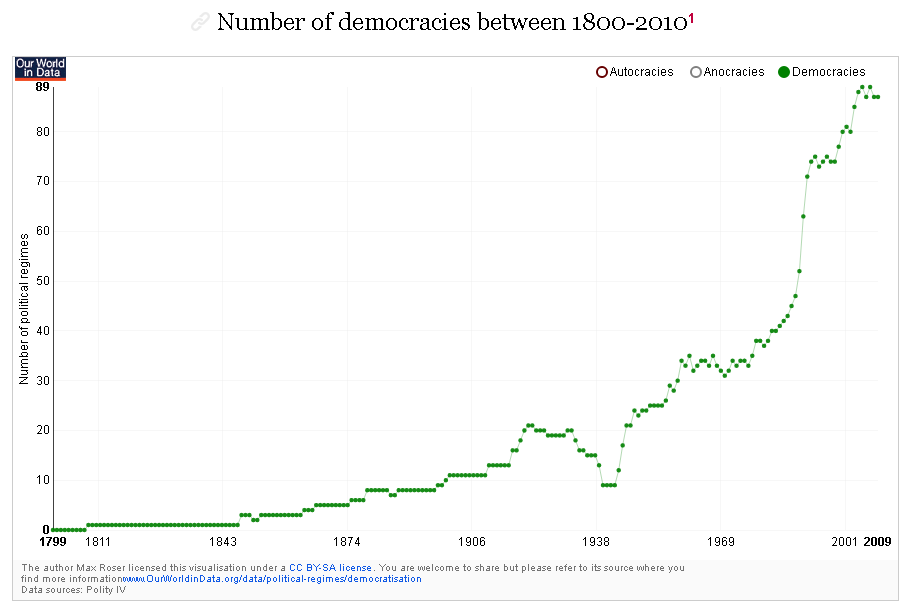
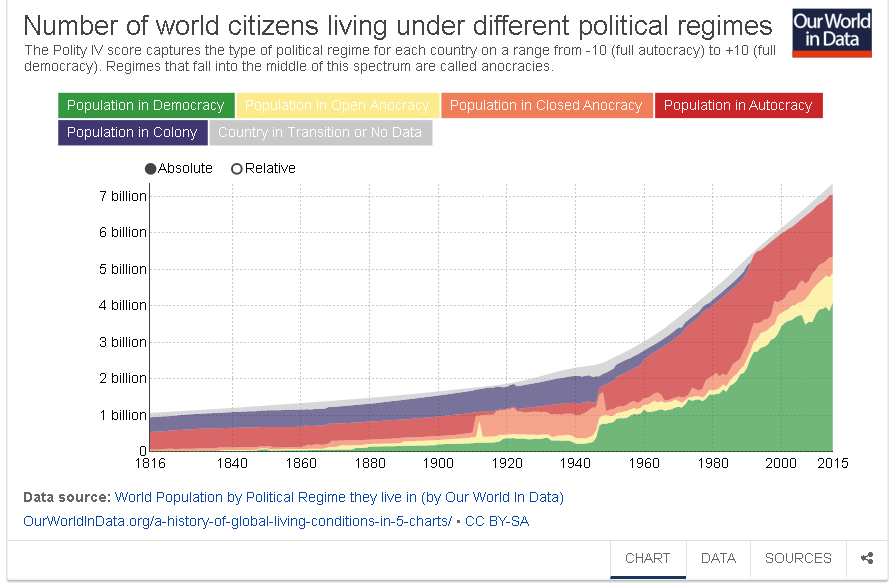
 In Scotland, students exercised complete consumer control over with whom they studied and which subjects they deemed relevant. Oxford—and in fact most other European universities—employed a system similar to the way that American universities handle tuition payments today: One tuition payment was made directly to the university, and the university decided how to distribute what came in…Smith points out how [Oxford] often fell short of the Scottish system, where direct payment of fees served as motivation for faculty responsibility. “The endowments of [British] schools and colleges have necessarily diminished more or less the necessity of application in the teachers,” Smith writes in his opening sally against bundling the costs of education. “In the university of Oxford, the greater part of the publick professors have, for these many years, given up altogether even the pretence of teaching.” In the the Scottish system, “the salary makes but a part, and frequently but a small part of the emoluments of the teacher, of which the greater part arises from the honoraries or fees of his pupils,” he explains.
In Scotland, students exercised complete consumer control over with whom they studied and which subjects they deemed relevant. Oxford—and in fact most other European universities—employed a system similar to the way that American universities handle tuition payments today: One tuition payment was made directly to the university, and the university decided how to distribute what came in…Smith points out how [Oxford] often fell short of the Scottish system, where direct payment of fees served as motivation for faculty responsibility. “The endowments of [British] schools and colleges have necessarily diminished more or less the necessity of application in the teachers,” Smith writes in his opening sally against bundling the costs of education. “In the university of Oxford, the greater part of the publick professors have, for these many years, given up altogether even the pretence of teaching.” In the the Scottish system, “the salary makes but a part, and frequently but a small part of the emoluments of the teacher, of which the greater part arises from the honoraries or fees of his pupils,” he explains.